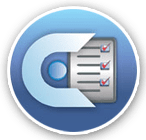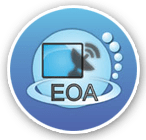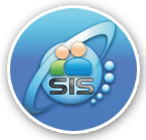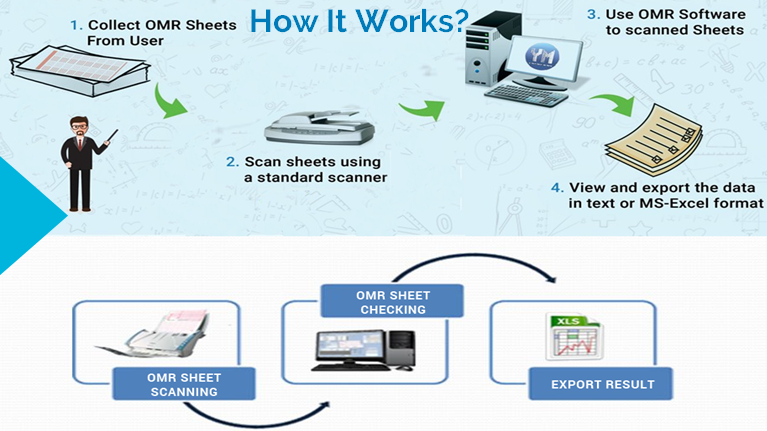Finding accurate Optical Mark Reader (OMR) software can be crucial for tasks such as grading multiple-choice exams, surveys, and data collection. Here are some steps to help you find accurate OMR software:
Define Your Needs:
- Clearly define your requirements. Determine the scale of your project, the types of forms you need to process (e.g., surveys, tests), and the complexity of the data you need to collect and analyze.
Research OMR Software Options:
- Search online for OMR software solutions. Look for both commercial and open-source options.
- Check reviews and ratings on software review websites, forums, or social media groups related to OMR technology.
Evaluate Features:
Look for OMR software that offers the features you need. Some key features to consider include:
- Accuracy of recognition
- Compatibility with various types of forms and scanners
- Data export options
- Reporting and analytics capabilities
- Customization options
- User-friendliness
Demo and Free Trials:
- Many OMR software providers offer demos or free trials. Take advantage of these to test the software with your own forms and data. This will help you assess accuracy and ease of use.
Compare Pricing:
- Evaluate the pricing structures of different OMR software solutions. Some may charge per form, per user, or have one-time purchase options. Consider your budget and the long-term cost of using the software.
Check for Support and Updates:
- Ensure that the software provider offers customer support and regular updates. You'll want a solution that stays up-to-date with evolving technologies.
Compatibility:
- Confirm that the OMR software is compatible with your operating system, hardware, and any other software you may be using, such as databases or spreadsheet programs.
Security and Data Privacy:
- If your forms contain sensitive or confidential information, prioritize OMR software that has strong security measures in place to protect your data.
User Feedback:
- Look for user reviews and testimonials to get an idea of how satisfied other users are with the software. Pay attention to any common issues or praise.
Customer References:
- If possible, ask the software provider for customer references or case studies. Speaking with organizations that have successfully implemented the software can provide valuable insights.
Scalability:
- Consider the scalability of the software. Will it meet your needs as your project grows or your organization expands?
Training and Documentation:
- Check if the software provider offers training materials, documentation, or support to help you learn how to use the software effectively.
Legal Considerations:
- Review the licensing agreements and terms of use to ensure they align with your organization's legal requirements and policies.
Consult Experts:
- If you're unsure about which OMR software to choose, consider consulting experts in the field or seeking recommendations from colleagues who have experience with OMR technology.
Test with Real Data:
- Before making a final decision, run a small-scale pilot project using the chosen OMR software with actual forms and data to confirm its accuracy and suitability for your needs.
Remember that what constitutes "accurate" OMR software may vary depending on your specific requirements, so it's essential to tailor your selection process accordingly. By carefully evaluating your options and testing them with your data, you can find an accurate OMRsoftware solution that meets your needs.







